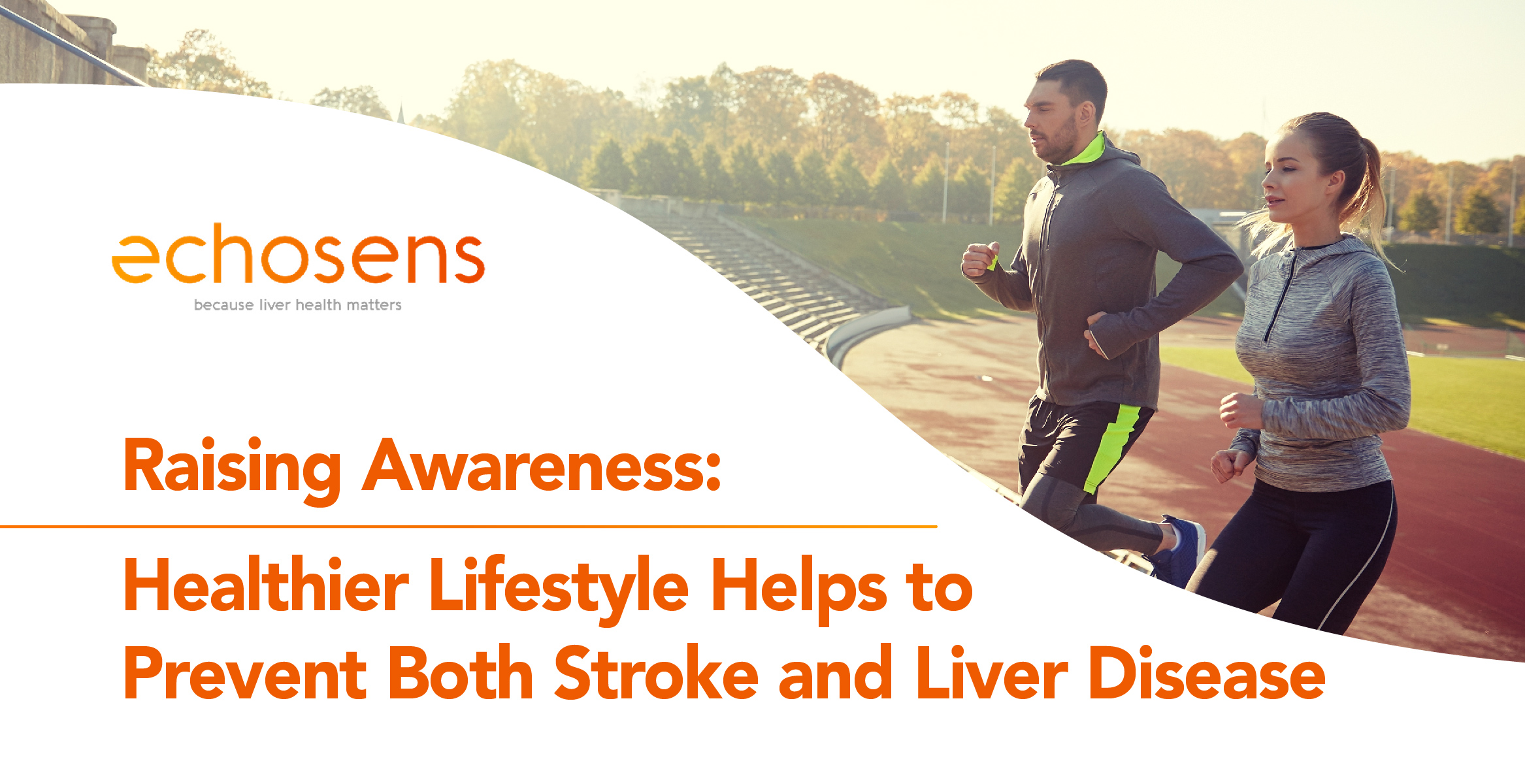Nonalcoholic fatty liver disease (NAFLD) is an increasingly common condition that is believed to affect >25%2 of adults worldwide. Unless specific testing is done to identify NAFLD, the condition is typically silent until advanced and potentially irreversible liver impairment occurs. For this reason, the majority of patients with NAFLD are unaware of having this serious condition.
Hepatic complications from NAFLD include nonalcoholic steatohepatitis, hepatic cirrhosis and hepatocellular carcinoma. In addition to these serious complications, NAFLD is a risk factor for cardiovascular disease and ischemic stroke3, the second leading cause of death and disability worldwide.
What is a Stroke?
Stroke kills nearly 150,000 of the 860,000 Americans4 who die of cardiovascular disease each year—1 in every 19 deaths from all causes. An ischemic stroke occurs when the blood supply to the brain is blocked, and a hemorrhagic stroke occurs when a blood vessel in the brain bursts.
Significantly, 80% of strokes are preventable with lifestyle changes to help control blood pressure and cholesterol levels and, in some cases, by taking medication.
Healthy Living
To prevent both stroke and liver disease, it’s important to eat foods low in saturated fats, trans fat and cholesterol and high in fiber. Being overweight or having obesity increases the risk for stroke and liver disease.
Physical activity can help individuals maintain a healthy weight and lower cholesterol and blood pressure levels. For adults, the surgeon general recommends 2 hours and 30 minutes of moderate-intensity aerobic physical activity, such as a brisk walk, each week.
For those who may be at risk for liver disease, FibroScan® is a non-invasive technology that quickly provides a quantitative assessment of liver stiffness and liver fat at the point of care to identify individuals who are asymptomatic and undiagnosed for liver damage.
During Stroke Awareness Month, we ask everyone to heighten their understanding about the risk of stroke, its association with liver disease and the value of a healthier lifestyle.
_______
References
1.https://www.cdc.gov/stroke/communications_kit.htm
2.https://www.ahajournals.org/doi/10.1161/ATV.0000000000000153
3.https://www.ahajournals.org/doi/10.1161/STROKEAHA.120.030433#:~:text=Several%20studies%20showed%20that%20NAFLD%20is%20a%20risk%20factor%20for%20cardiovascular%20disease.&text=However%2C%20the%20role%20of%20NAFLD,fatal%20and%20nonfatal%20stroke%20events.
4.https://www.cdc.gov/stroke/docs/Know_the_Facts_About_Stroke.pdf
